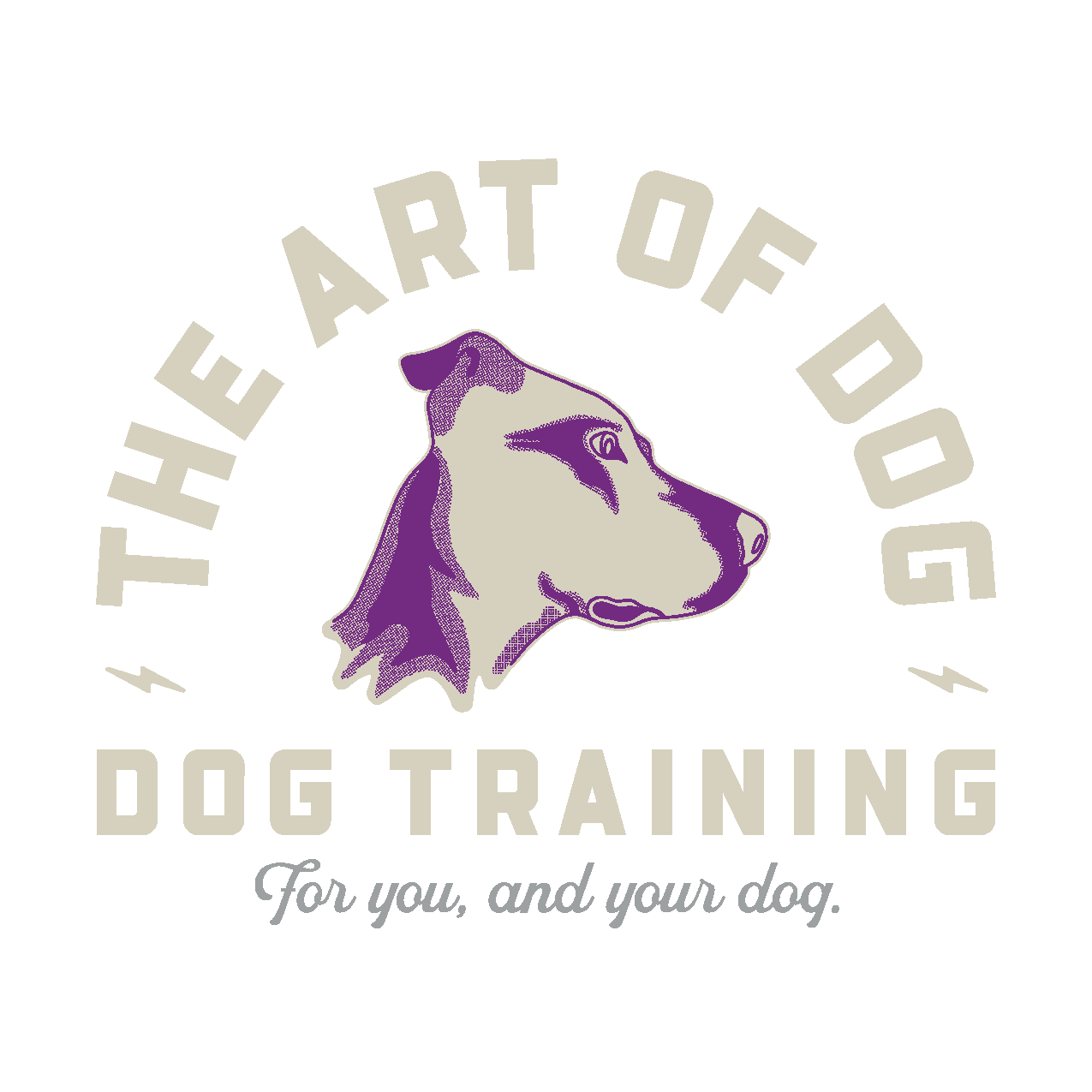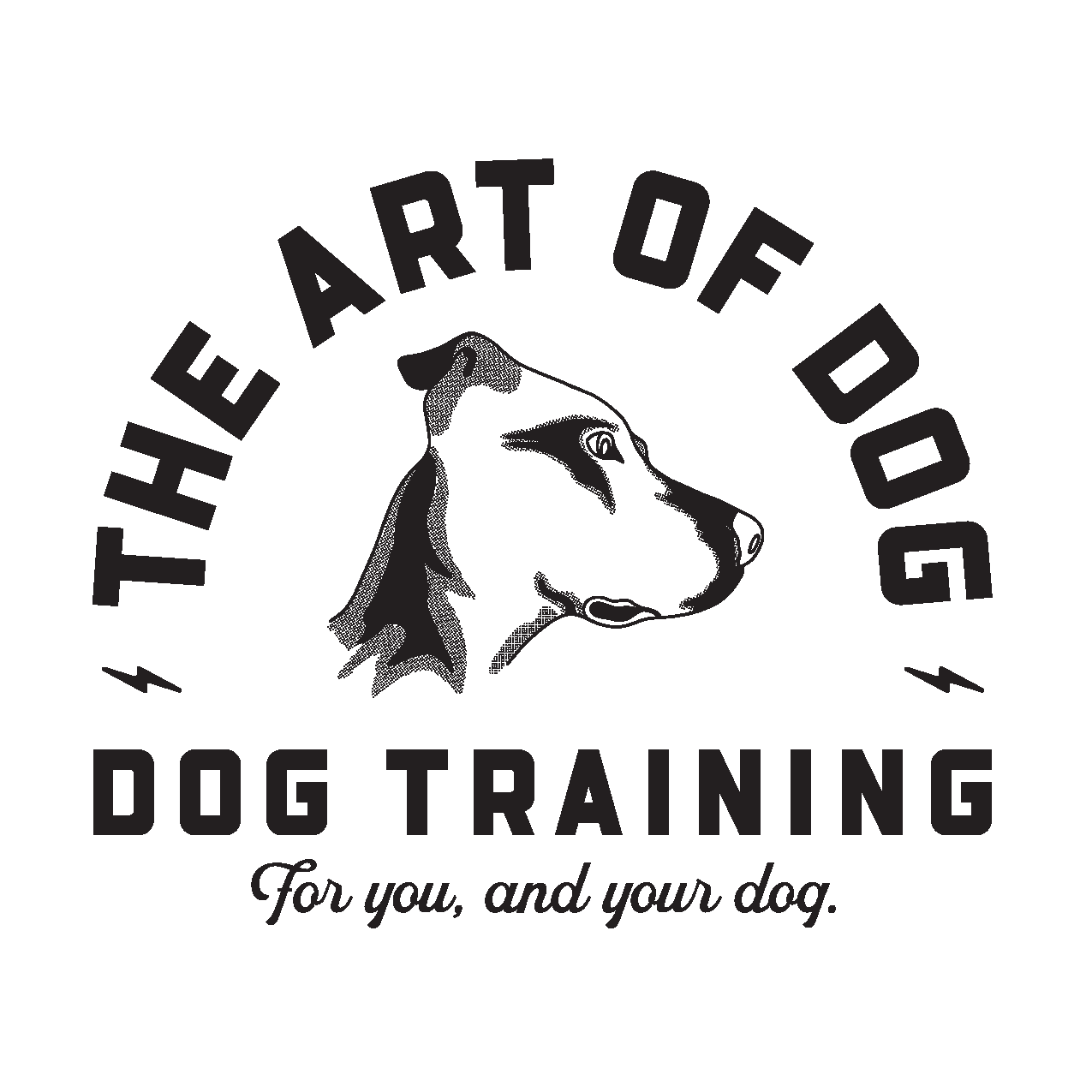Quality time- time spent getting to know one another and building a working relationship is key to building trust. Once trust is established we move onto luring and free shaping wanted behaviors with food.
Communication through leash work- Our introduction to leash work consists of teaching a dog to respond to leash pressure. In applying gentle pressure in a direction, we teach that once the dog moves into that pressure, it is released completely and they are rewarded for responding. This is key in communicating effectively and efficiently with our dogs.
LATER STAGES
Once the dogs have established an understanding of leash communication and the commands we are asking of them, we introduce the e-collar for off leash communication and reliability.
When introduced and used properly, the electronic collar is just another form of communicating with our dogs. The benefit of using an e-collar is giving you, the owner, the ability to communicate at near or far distances, and ensure behavioral reliability for true off leash freedom.
Electronic collar introduction- Proper introduction to e-collar stimulation starts with educating the dog how to effectively “remove” the stimulation. They learn to make the stimulation “go away” by responding to whichever command we are instructing.
An introduction to e-collar communication might look something like this:
-Apply low level stimulation to dog
-Dog recognizes new sensation
-As the dog feels the e-collar pressure, we simultaneously give a command such as “come”
-Once the dog becomes compliant and responds to the command given, the sensation is “turned off” immediately
-Dog is rewarded for responding to the command
In this example we are teaching the dog that if he is compliant with the command, the sensation is removed. Once the dog has grasped the understanding of how to “turn off” the stimuli, he will only feel it as a “correction” if he is unresponsive to the command. This give the dog the opportunity to make a decision to either oblige to the command and effectively avoid the e-collar pressure or not and thus feel the sensation once again.
FINAL STAGES
The last stages of our board and train program is all about “proofing” the learned behaviors of our dogs. At this point the dogs are to have a firm understanding of our expectations from them and we work on the three D’s of training in order to strengthen their reliability to successfully perform the commands taught.
The three D’s are:
DISTANCE– We are practicing the distance in which we are able to have the dog comply to a given command. Example: Sending a dog to place from across the room.
DURATION– We are practicing the duration in which the dog stays in said command. Example: Dog staying on place for 10-15 minutes.
DISTRACTIONS– We are practicing having the dog stay in a given command despite distractions within the present environment. Example: Dog stays on place while someone enters front door and passes by them.
Check out our social media for live examples of this being taught to multiple dogs!


